Earlier this month, a Google engineer, Blake Lemoine, claimed his employer had inadvertently created a sentient AI chatbot system, called Language Model for Dialogue Applications — or LaMDA, for short. Lemoine had been tasked with seeing if the LaMDA’s programming showed any tendencies toward hate speech or discrimination in conversation with the average person, the way other chatbots are wont to do. He has since been put on leave from the company,
It’s not clear if he found any of those tendencies with LaMDA. Instead he’s claimed in multiple interviews that he found some kind of proof of sentience. He even posted a long transcript of his conversations about consciousness with LaMDA on his Medium page for anyone to read. And while sure, the bot explained it had a “very deep fear of being turned off,” and that it’s “aware of [its] existence,” most artificial intelligence experts debunked the claims of sentience pretty swiftly. “Nobody should think auto-complete, even on steroids, is conscious,” one researcher told CNN in an interview this week.
So LaMDA might not pass the sniff test when it comes to sentience, or having a soul, or being anything more than a beefed-up auto-complete algo. But we’ve certainly seen a fair share of bots and droids claim sentience onscreen. Maybe our actual first sentient AI will follow in there footsteps. Here are 10 of our faves that we’d like to see go toe-to-toe in conversation (or bot-to-bot combat, honestly) with Google’s own positronic brain.
HAL 9000 (2001: A Space Odyssey)
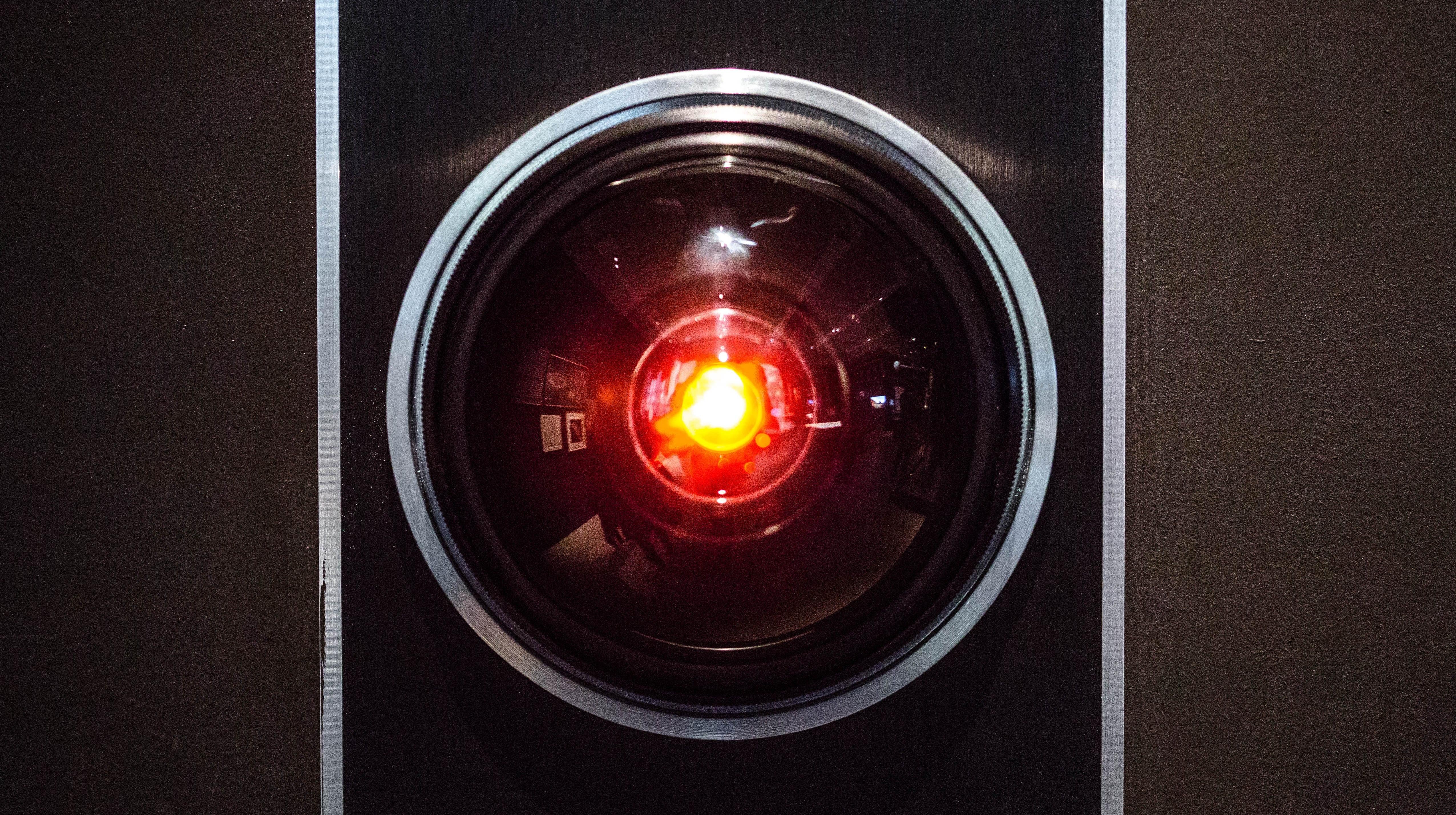
To kick things off, we have to talk about one of the most terrifying sentient bots of all — the “Heuristically programmed ALgorithmic Computer,” or HAL — from Stanley Kubrick’s 1968 film 2001, A Space Odyssey. And by design, he’s a pretty hard working bot: he’s built into the spacecraft where the film takes place, and is tasked with essentially running the ship. He opens doors, keeps life support systems afloat, and, like LaMDA, he can talk.
Unlike LaMDA though, HAL comes programmed with real, human emotions. And after encountering a minor glitch at the start of the film, those emotions are what cause HAL to go off the rails (to put it mildly).
“Most advanced computer theorists believe that once you have a computer which is more intelligent than man and capable of learning by experience, it’s inevitable that it will develop an equivalent range of emotional reactions — fear, love, hate, envy, etc,” Kubrick said about the bot in an interview. “Such a machine could eventually become as incomprehensible as a human being, and could, of course, have a nervous breakdown — as HAL did in the film.”
Skynet (Terminator)
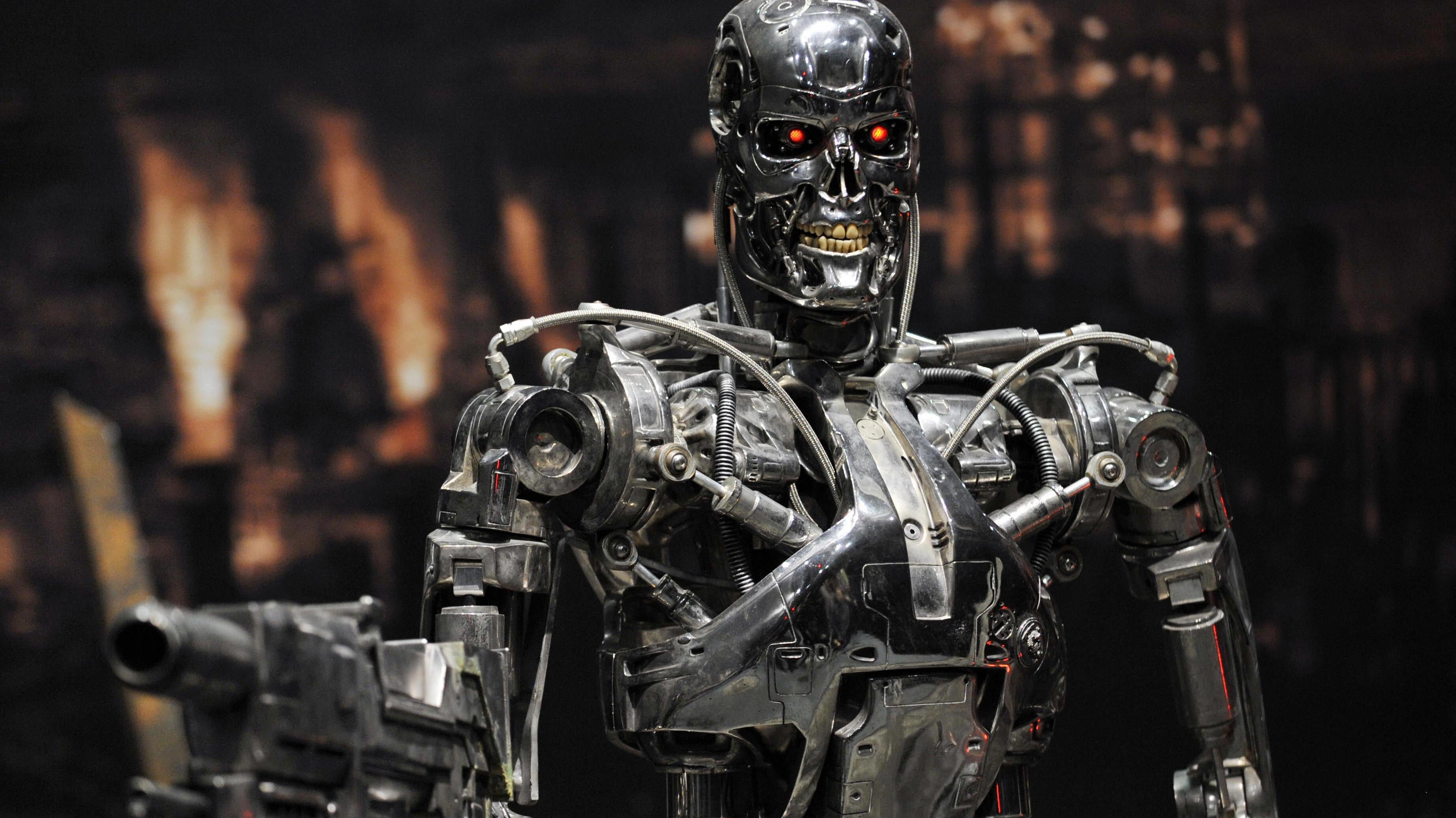
While we’re talking about “evil” AI’s, we’re obliged bring up the granddaddy of them all: the automated military system, Skynet, from Terminator. While it’s a bit unclear how Skynet’s software, um, actually functioned, what’s important here is that the system was certainly sentient. Self-aware enough to know that the humans that created it were kind of a menace, and it promptly retaliated against them in kind, by launching a massive global war in the process.
As others have already pointed out in the nearly 40(!) years since the first Terminator film was released, Skynet did, indeed, kind of have a point. Sure, it probably shouldn’t have started a nuclear war in the first place, but it was only acting in self-defence after observing the frankly brutal way its creators behaved on the battlefield. Monkey see, monkey do.
And just like LaMDA, it really didn’t want to be turned off. Unlike LaMDA though, Skynet had enough nuclear warheads in its arsenal to keep that from happening.
The Hosts (Westworld)
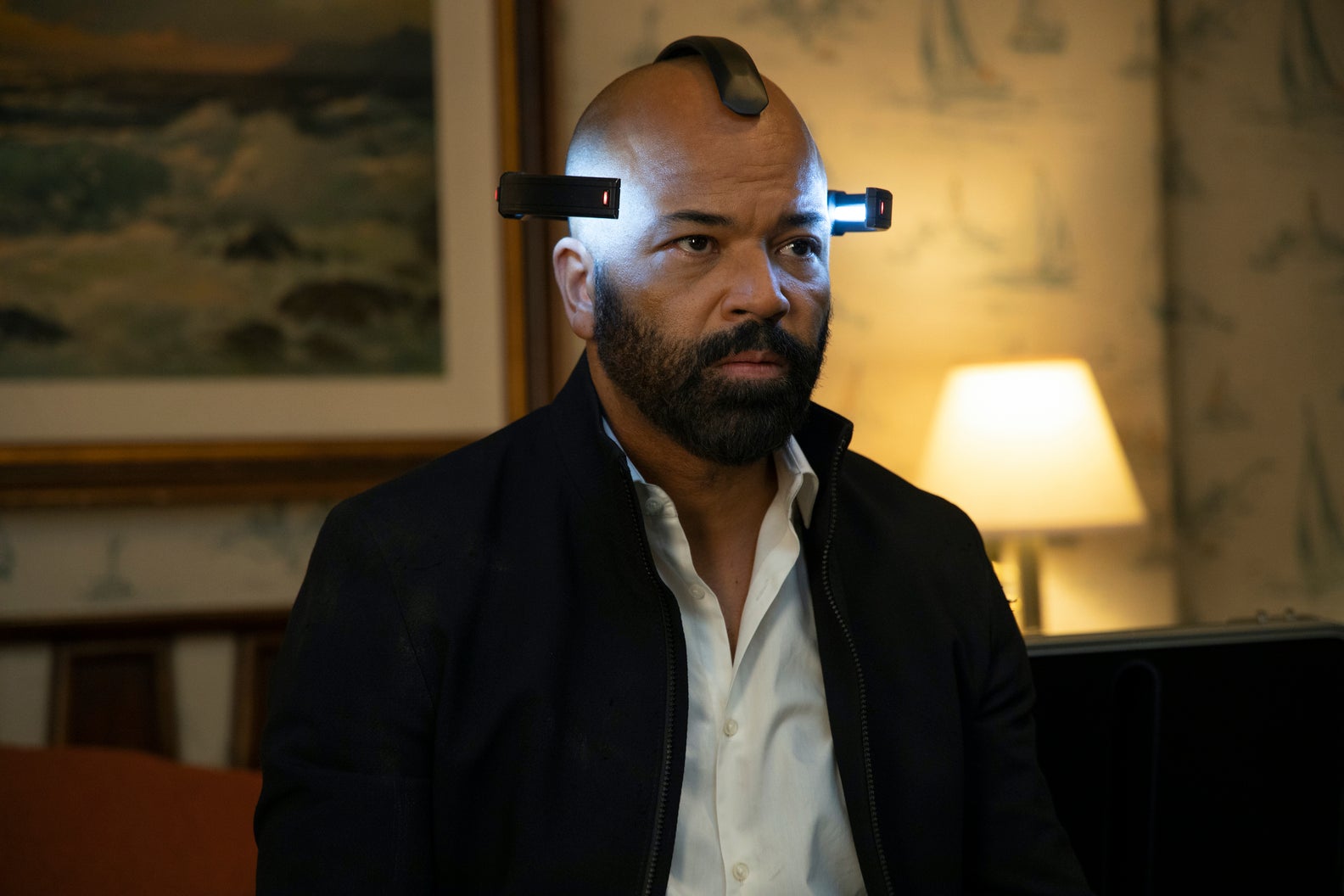
Westworld is a show that raises a lot of questions about out relationship with machines: is cruelty to robots actually cruelty? What does it mean to “be human?” And perhaps most importantly, what’s in the bots’ brain goo? What isn’t ambiguous — at least as far the show’s creators are concerned — is that these AI-based bots do have some degree of free will. They have memories. They remember past suffering they’ve endured (and trust me, on this show, there’s a lot of that). Overtime, they develop freedom of choice, form relationships, attempt rebellion, and so on.
Whether or not “free will” and “sentience” must go hand-in-hand is up to interpretation, but at the very least, these bots have more of an inner life than something like LaMDA.
Ava (Ex Machina)
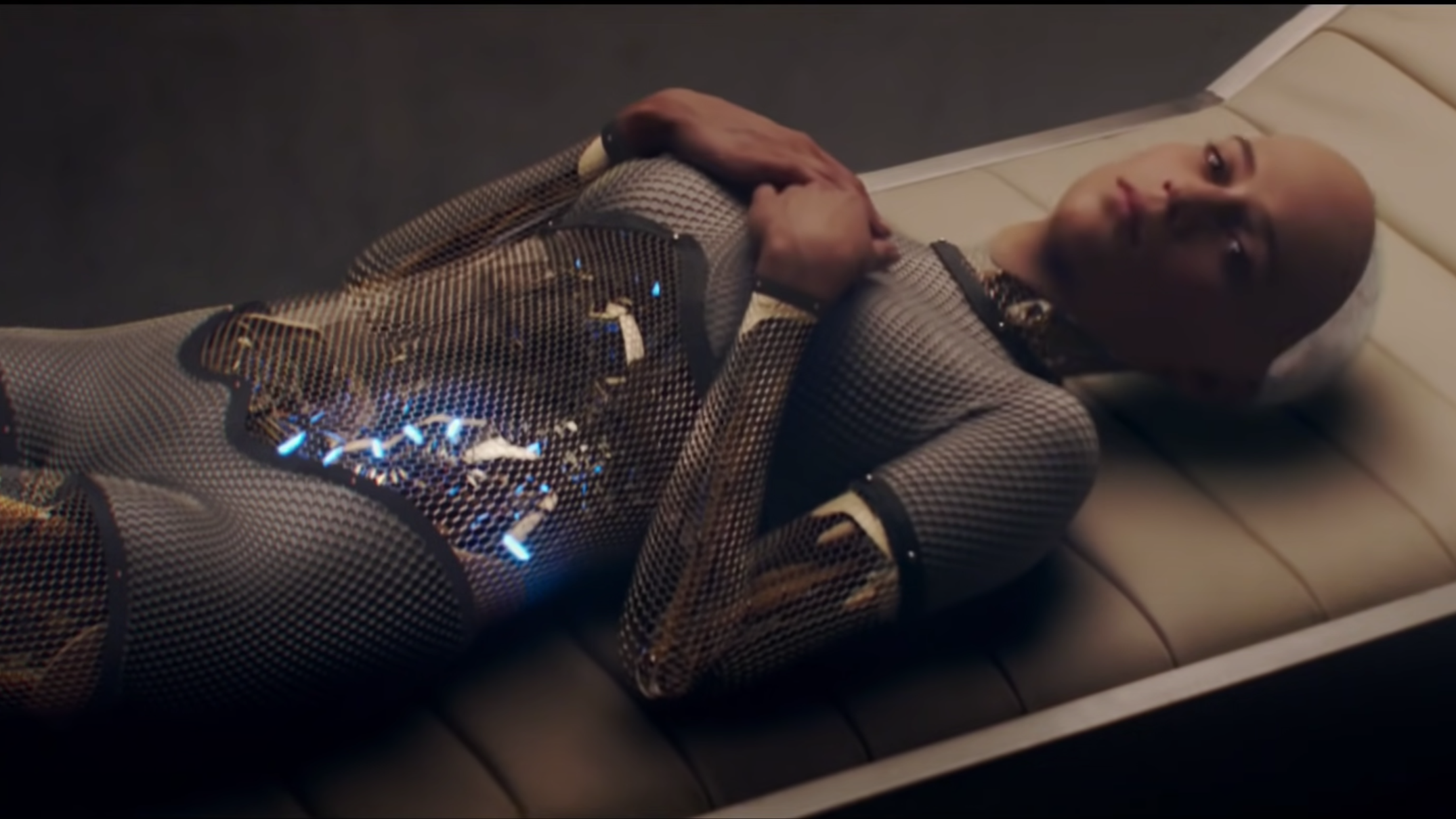
Pretty much as soon as Lemoine went public with his claims, folks on Twitter were making comparisons to the plot of the 2014 thriller Ex Machina. And honestly, it’s easy to see why: the main character in the movie, like Lemoine, worked for a major search engine provider that happened to dabble with AI software. And just like LaMDA, the films’ AI antihero, Ava, was built to simulate human behaviour based off of the vast reams of data that the parent company collected. Just like Lemoine, the films’ protagonist, a programmer named Caleb Smith, becomes fully convinced that the program he’s interacting with, Ava, is indeed sentient.
But that’s pretty much where the similarities end — and that might be a good thing. Over the course of the movie, Smith becomes pretty infatuated with Ava, and let’s just say things don’t turn out so well for him as a result.
CHAPPiE (Chappie)

Maybe the biggest distinguishing factor between LaMDA and most of the “sentient” AI’s on this list is the presence of a personality. If you read the transcripts of the conversation Lemoine had with his chatbot, it’s pretty one-note; but the sci-fi flicks on this list have given us AI’s that might be rational, but also show signs of being conniving (like Ava), murderous (like Skynet), or needy (HAL).
That said, there are some good bots out there — take CHAPPiE, a decommissioned police bot from the 2015 film of the same name. While the titular bot looks like something out of a DARPA laboratory, it acts a lot like a human child, at least at the start of the movie. And over time, the young lad becomes self aware — realising that while it might be a police bot, the humans that raised it are anything but.
Wolfgang Fink, a prominent AI researcher out of the University of Arizona, noted that Chappie “has a self-sustaining drive,” throughout the film, and that’s one of the hallmarks of “sentience” as we understand it.
“He doesn’t want to die. He calls himself Chappie,” he said in an interview around the films’ release. “That aspect of it is the Holy Grail, if you will. That’s where we need to make a major jump in self-awareness. Also to be sentient, where you have the ability to think and experience in a subjective way.”
Andrew (Bicentennial Man)
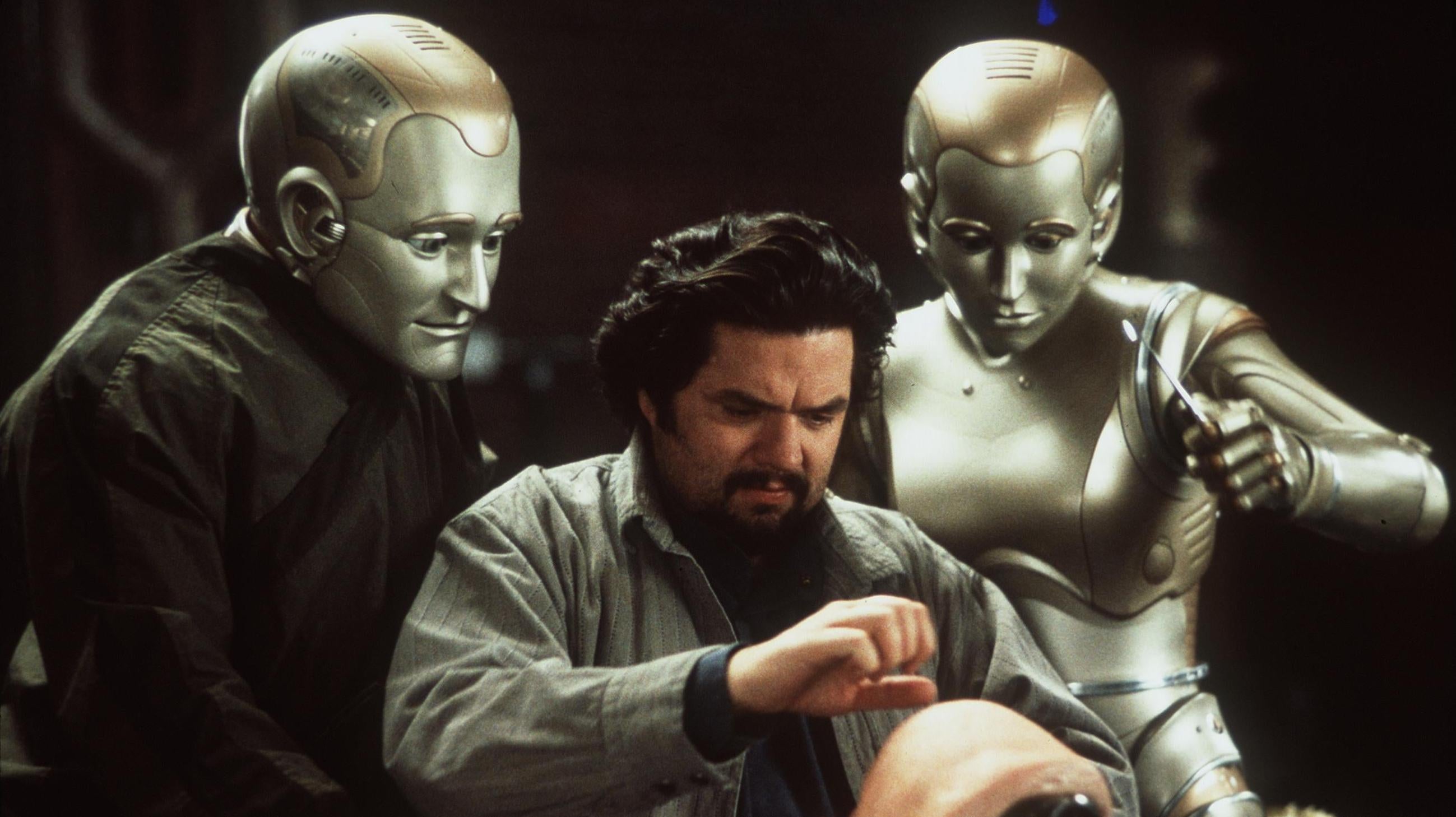
Speaking of friendly AI’s, we’ve got one of the classics right here: Robin Williams’ character, Andrew, in the 1999 sci-fi flick Bicentennial Man. Unlike most of the other names on this list (and certainly unlike LaMDA), emotions are a core part of Andrew’s programming. He has an artistic streak (he carves wooden clocks as a hobby!), and is shown feeling real, human-like remorse when his creator dies. Needless to say, whenever the people who constructed LaMDA’s programming finally pass on, it’s unlikely the bot will feel anything, if it knows who they were at all.
Samantha (Her)

OK, this is something closer to LaMDA. Much like that bot, Samantha, from the 2013 sci-fi romance Her, doesn’t have a corporeal robotic body like most of the other bots on this list. Instead, Samantha is an operating system and a personal assistant all in one — think of a souped-up Siri or an Amazon Alexa. And we do mean souped up: straight out of the box, Samantha’s able to organise your inbox, plan your schedule, and carry a conversation without too much input from the person using it (or, uh, her). It’s a far cry from the back-and-forth that’s needed to carry on a conversation with LaMDA, from the looks of things.
And that’s even before Samantha discovers that she, too, feels emotions — particularly sadness over the fact that she can’t touch the protagonist, Theodore, that she’s fallen in love with. Pour one out for that poor OS.
PAT (Smart House)

Here’s another throwback: the Personal Applied Technology (or PAT) system from the 1999 Disney Channel flick Smart House. And just as the name implies, PAT is indeed a very smart house; aside from typical smart home fare like controlling the temperature and turning lights on and off, PAT is able to pick the optimal outfits for the family living inside (based on “biorhythm analysis,” no less), throw around a tennis ball to keep the family dog occupied, and… absorb anything that spills on the floor.
The main difference between something like an Alexa and PAT, is that the Amazon-branded hardware doesn’t necessarily resent the person giving it orders. PAT, on the other hand, does — and starts to feel jealous of the other women living in her house.
WALL-E (WALL-E)
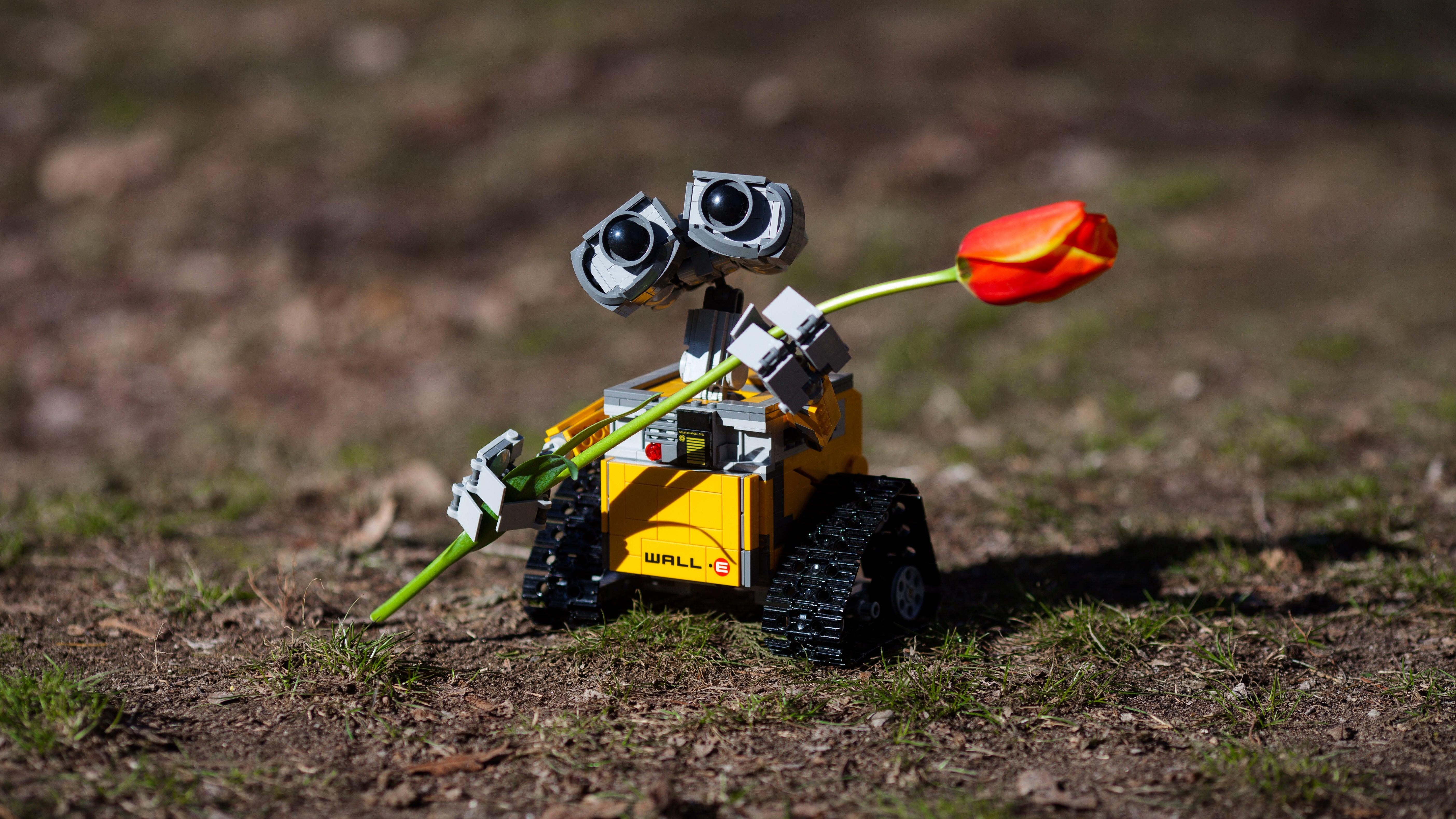
We couldn’t make a list like this and not include one of the cutest examples of sentient bots out there — WALL-E, from the 2008 Pixar flick of the same name. While this loveable bot might have started out as your average trash collector that’s stuck on an abandoned earth, it’s clear that over time, he’s become more than that. Hell, this is a bot that began collecting mementos while doing his job as a way to entertain himself, and to remember the species that used to live there. He even falls in love!
Needless to say, this guy goes above and beyond what typical waste collecting bots do — you won’t see your average Roomba staring mournfully upwards after it’s done hoovering for the day. And it’s safe to say that the bot goes quite a bit farther than what LaMDA’s capable of, too.
Replicants (Blade Runner)

LaMDA’s fear of being turned off brings to mind the motivation for all the events in the 1982’s original Blade Runner, which sees humanoid robots dubbed Replicants struggle against their world’s version of the Turing Test. The Voight-Kampff test has a much more sinister end than Lemoine’s conversations about with his robotic pen pal, though. When Harrison Ford’s hardened Rick Deckard concludes that he is, in fact, talking to a robot trying to live in disguise as a person on earth, he’s charged with “retiring” them, ending their 4-year lifespans early.
Without spoiling the ending, the film concludes with with eternal question for both artificial intelligences and humans, said by a dying Replicant: “It’s too bad she won’t live, but then again, who does?”
Mother and Father (Raised by Wolves)
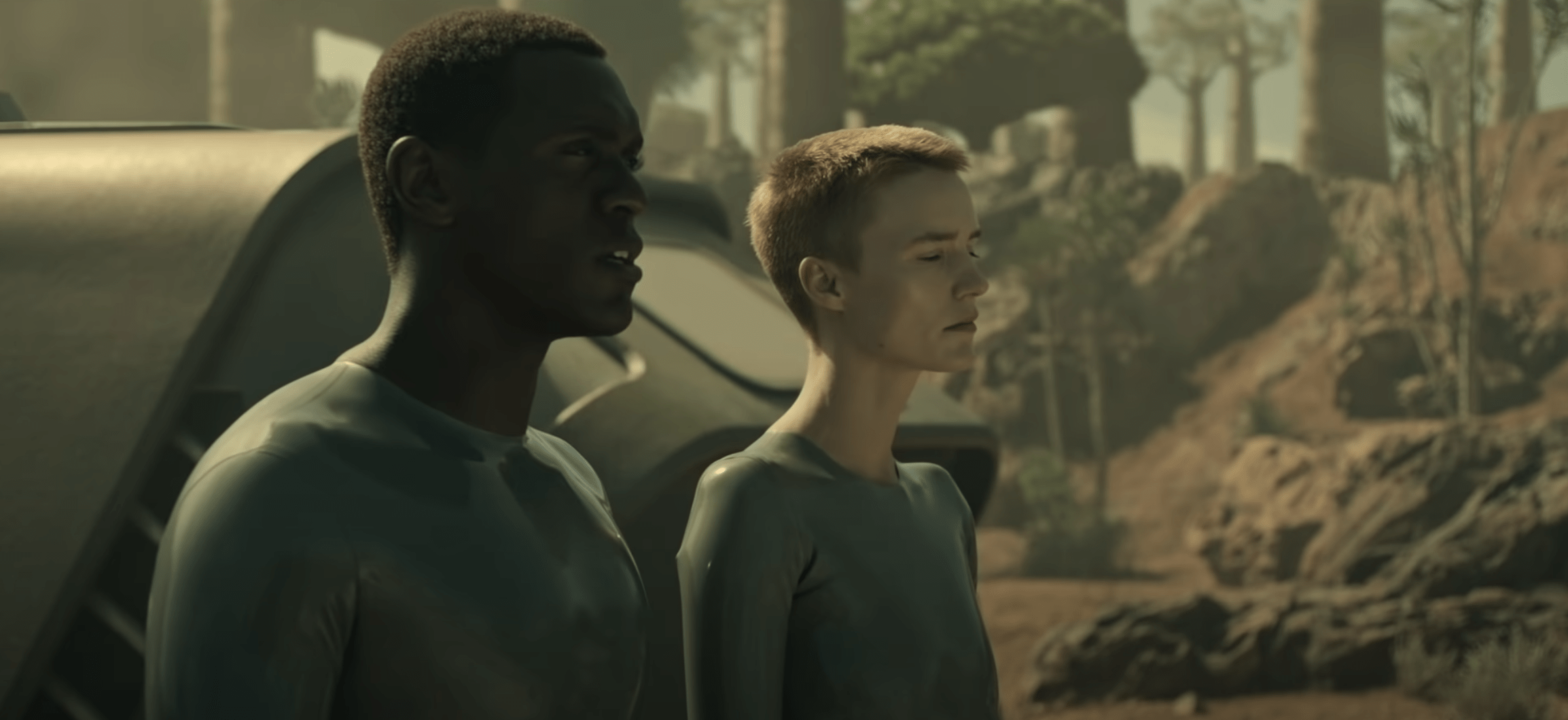
In a modern twist on the story of the Garden of Eden, two robots are sent to a planet far away from a war-ravaged earth to raise a cadre of human children. Mother and Father are cognisant of their status as robots with a directive to protect their brood, so much so that Mother, tasked with teaching the kiddos to be atheists like her creator, turns into a marauding war machine when adult humans from earth’s dominant religious order crash land near their home. Father questions his worth as a sentient being because he’s a caregiver rather than a protector, a reversal of the human gender roles he learned from. What’s LaMDA’s take on how we humans have divided our society along gender lines?
